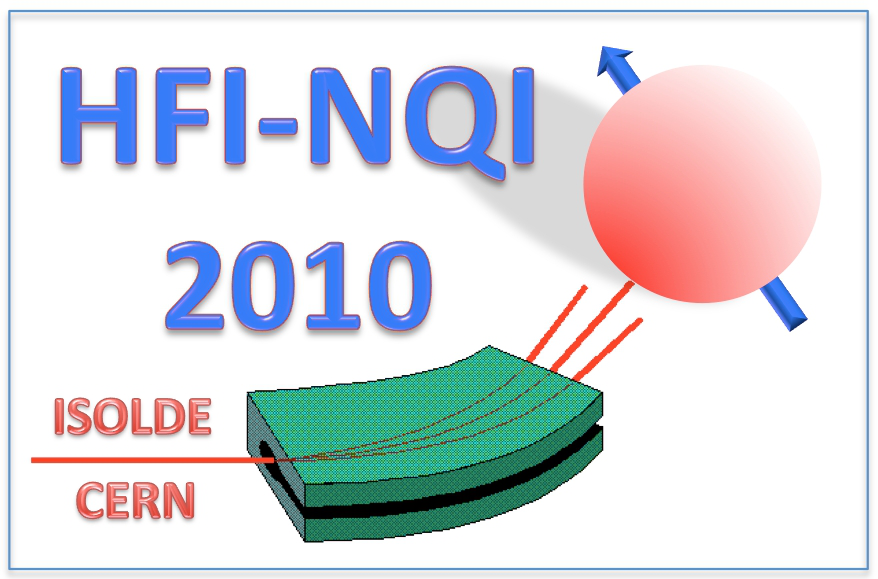Speaker
Description
Summary
We have performed on-line 57Fe Mössbauer spectroscopy following implantation of 57Mn (T1/2 = 1.5 min.) at the ISOLDE facility at CERN, in order to elucidate the role of the implantation process at room temperature in determining the magnetic properties of ion-implanted ZnO. We have recently demonstrated that dilute Fe3+ showing magnetically-split spectra in ZnO are due to Fe3+ long-lived paramagnetic states (LLPS) [1].
In this contribution, we describe implantation experiments in two ZnO crystals ZnO(1) and ZnO(2). ZnO(1) is implanted with 57Mn+ ions, and a series of Mössbauer spectra are recorded during the consecutive implantation process. ZnO(2) is imp-lanted with 57Mn+ before and after an implantation with stable 23Na+ ions (dose: ~1.4 x 1014 ions/cm2). For the lowest implanted doses, the Mössbauer spectra of both samples are dominated by the presence of a quadrupole split component (D2) due to isolated . The consecutive 57Mn implantation into ZnO(1) causes a dose dependence in the building up of a magnetic-type Mössbauer signal. [2].
Figure 1(b) shows the change of the spectral areas as a function of the total 57Mn implanted dose in ZnO(2). Surprisingly, the same fraction of Fe atoms is observed in LLPS upon the implantation of ZnO with stable 23Na+ ions. Our results show that the observation of Fe3+ LLPS in ZnO at the saturation level is intimately related to the implantation process and not necessarily connected to the 3d character and/or the radioactive nature of the implanted species.
References
[1] G. Weyer, H. P. Gunnlaugsson, R. Mantovan, M. Fanciulli, D. Naidoo, K. Bharuth-Ram, and T. Agne, J. Appl. Phys. 102, 113915 (2007).
[2] H. P. Gunnlaugsson et al., In prep.
| Are you a student, a delegate from developing countries or a participant with physical needs and would like to apply for a sponsored accomodation. Please answer with yes or no. | yes |
|---|---|
| Please specify whether you would prefer an oral or poster contribution. | poster |
